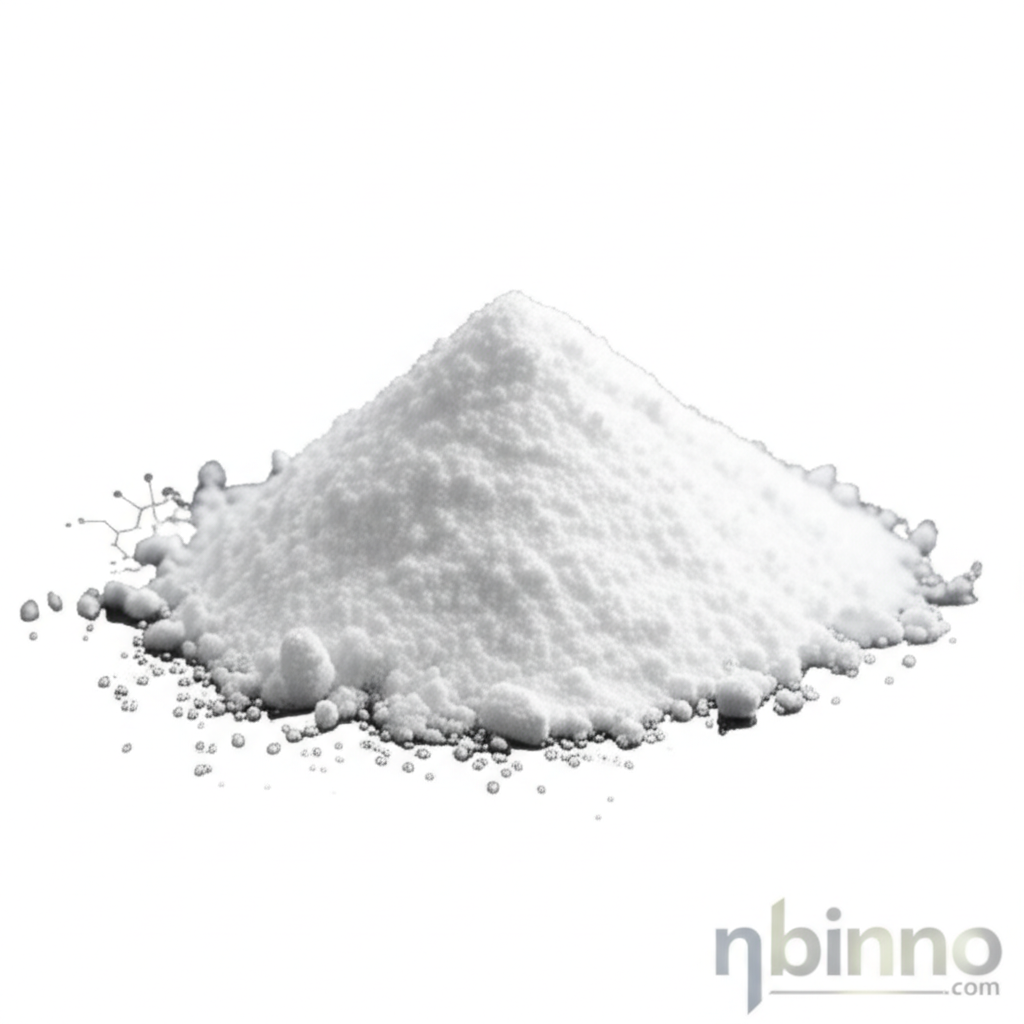Understanding 2-(Trifluoromethyl)-4-pyridinol: Synthesis, Properties, and Pharmaceutical Applications
A deep dive into a crucial intermediate shaping modern agrochemical and pharmaceutical innovation.
Get a Quote & SampleProduct Core Value

2-(Trifluoromethyl)-4-pyridinol
This compound is a vital building block in the synthesis of advanced agrochemicals and pharmaceuticals. Its unique trifluoromethylpyridine structure imparts desirable physicochemical properties, making it a sought-after intermediate for developing next-generation products. The increasing global demand highlights its importance in crop protection and human health solutions.
- Explore the synthesis of trifluoromethyl pyridine intermediates for creating effective crop protection agents.
- Discover the diverse trifluoromethylpyridine applications in developing novel pharmaceutical compounds.
- Understand the benefits of fluorine containing compounds with pyridine structures for enhanced biological activity.
- Learn about the various trifluoromethylpyridine derivatives and their roles in modern chemical synthesis.
Key Advantages Offered
Enhanced Bioactivity
The trifluoromethyl group combined with the pyridine ring in 2-(trifluoromethyl)-4-pyridinol CAS:170886-13-2 synthesis leads to compounds with superior biological efficacy in both agricultural and medicinal applications.
Versatile Building Block
As a key intermediate, it enables the creation of a wide array of complex molecules, fulfilling the need for specialized agrochemcial and pharmaceutical compounds with trifluoromethylpyridine structures.
Chemical Stability
The inherent stability of the pyridine ring, enhanced by the trifluoromethyl substitution, ensures robust chemical properties beneficial for synthesis and formulation.
Key Applications
Agrochemical Development
Used in the synthesis of highly effective herbicides and insecticides, contributing to efficient crop protection and disease vector control as part of trifluoromethylpyridine applications.
Pharmaceutical Synthesis
A crucial component in the development of potential antiviral and antitumour agents, leveraging its unique structure for targeted therapeutic effects.
Material Science
Emerging research suggests potential uses in functional materials and polymers, driven by the distinctive properties of trifluoromethylpyridine derivatives.
Research and Development
Essential for academic and industrial research exploring new chemical entities and synthetic routes for complex organic molecules.
